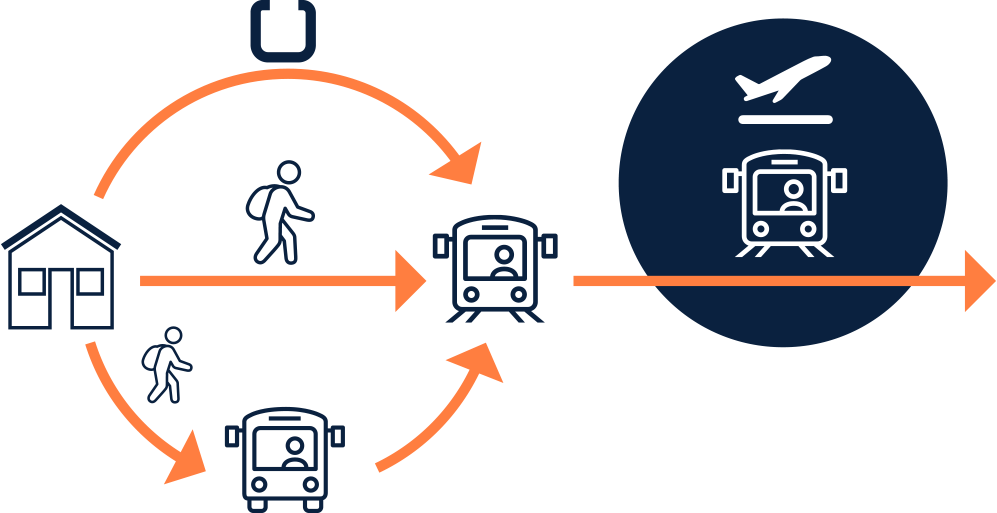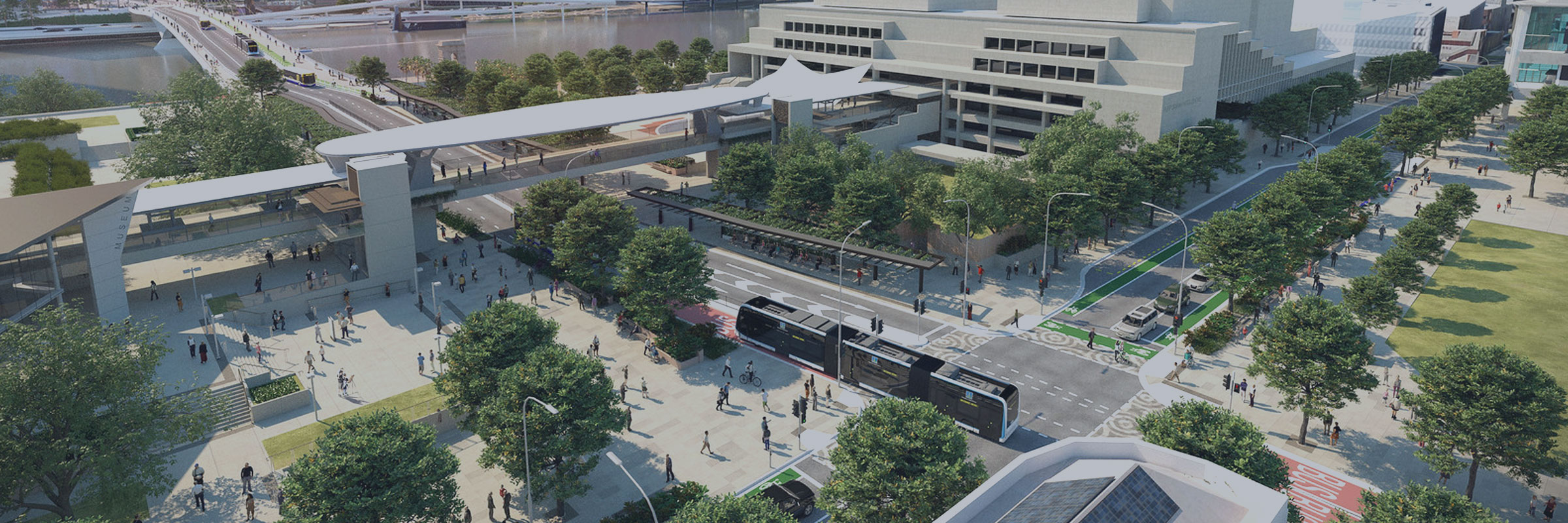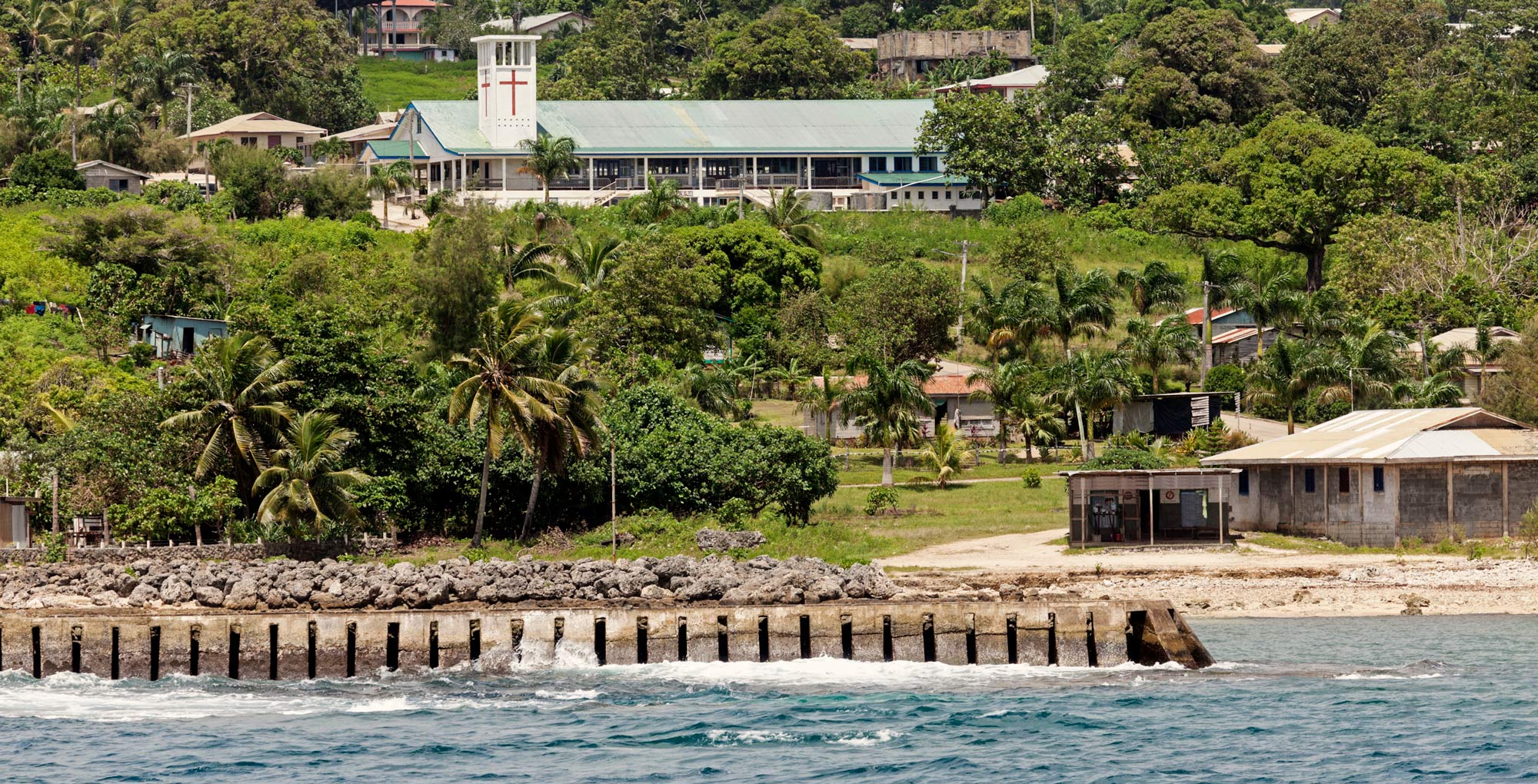The International Olympic Committee highlighted that Host Cities with established and efficient public transport systems deliver more successful Games, that support the Games and additionally leave long-lasting legacies across generations.
For example – During the 2012 London Olympic Games spectators and competitors were able to easily utilise London’s mature and well-developed public transport network with connecting trains, buses, metro, light rail and underground rail services to travel around the Games venues. London’s multiple modes of connecting transport and easy transfers is considered a seamless transport system.

Seamless transport systems take a customer-focused approach, considering the end-users requirements through ensuring the overall journey experience is simple, legible and flexible. Delivering a seamless transport system that aligns with the long term strategy for the region will require taking an objective led (top down ) approach. The upcoming 2032 Brisbane Games and more broadly South-East Queensland will benefit from such an approach and realise the long term goals of the region.









